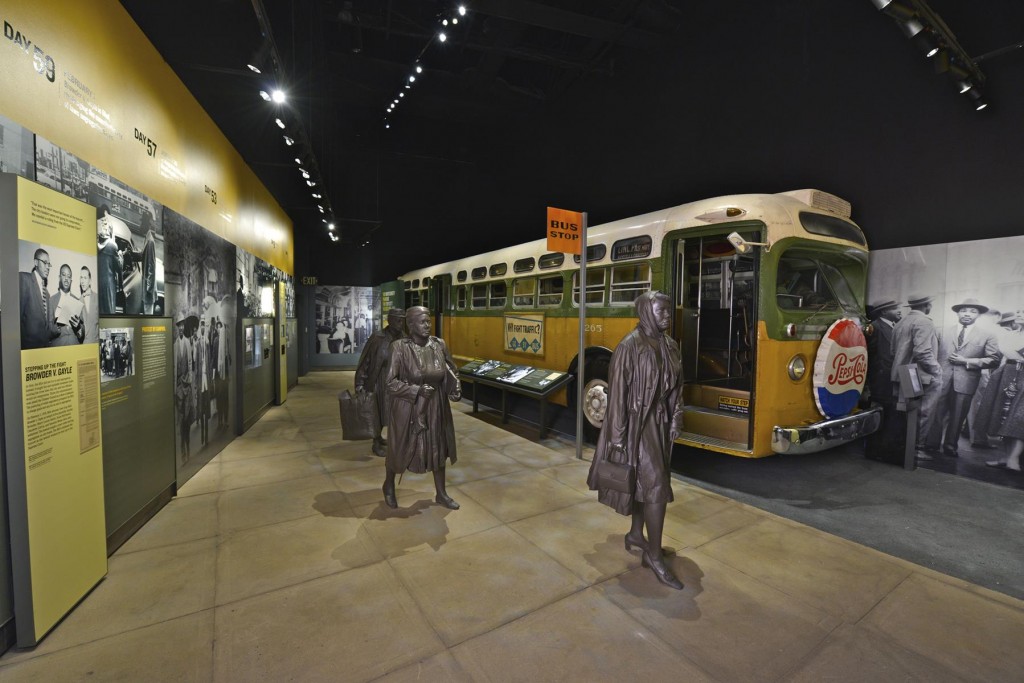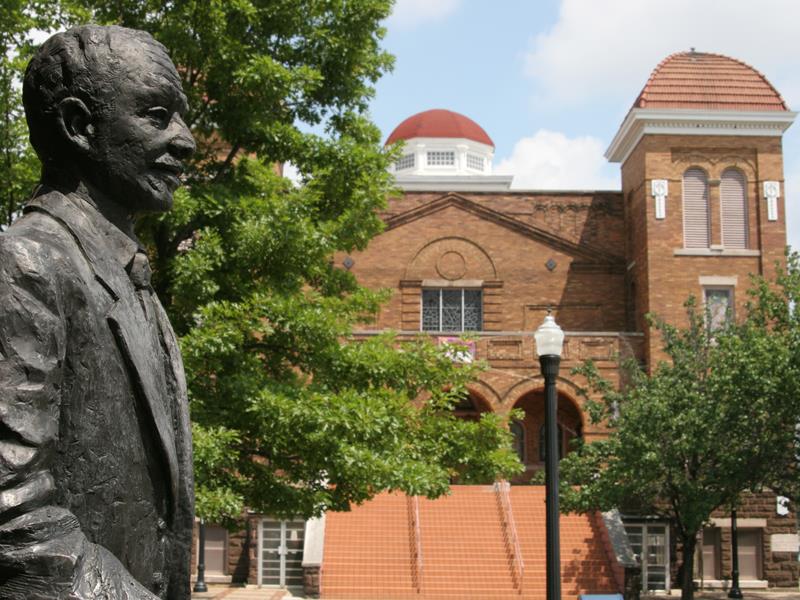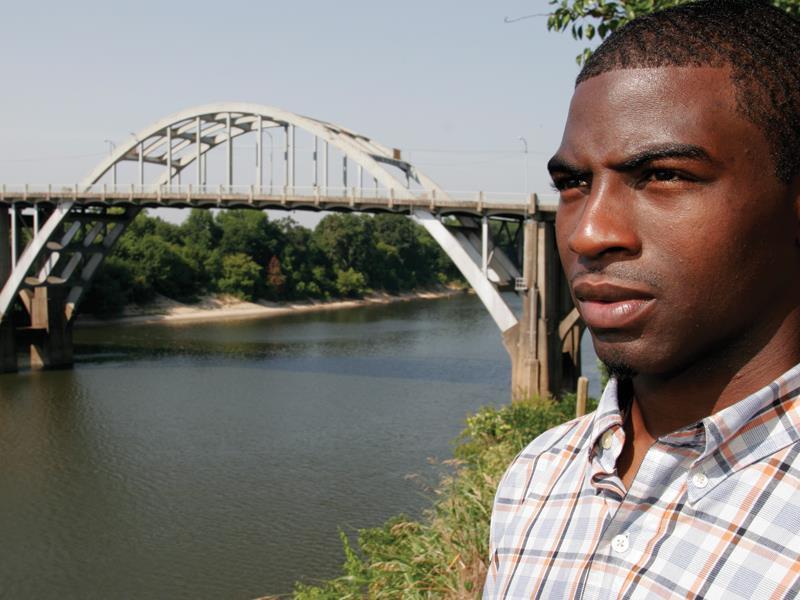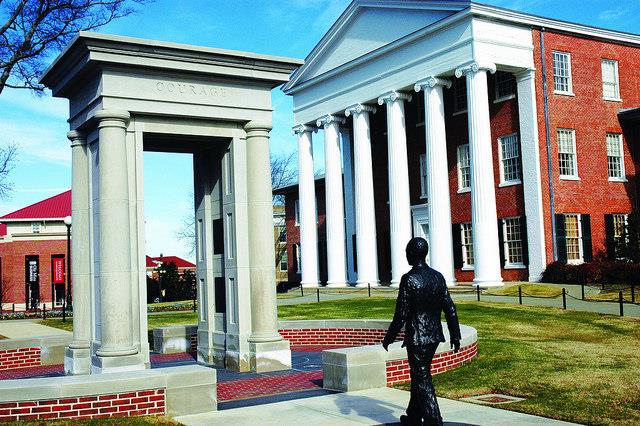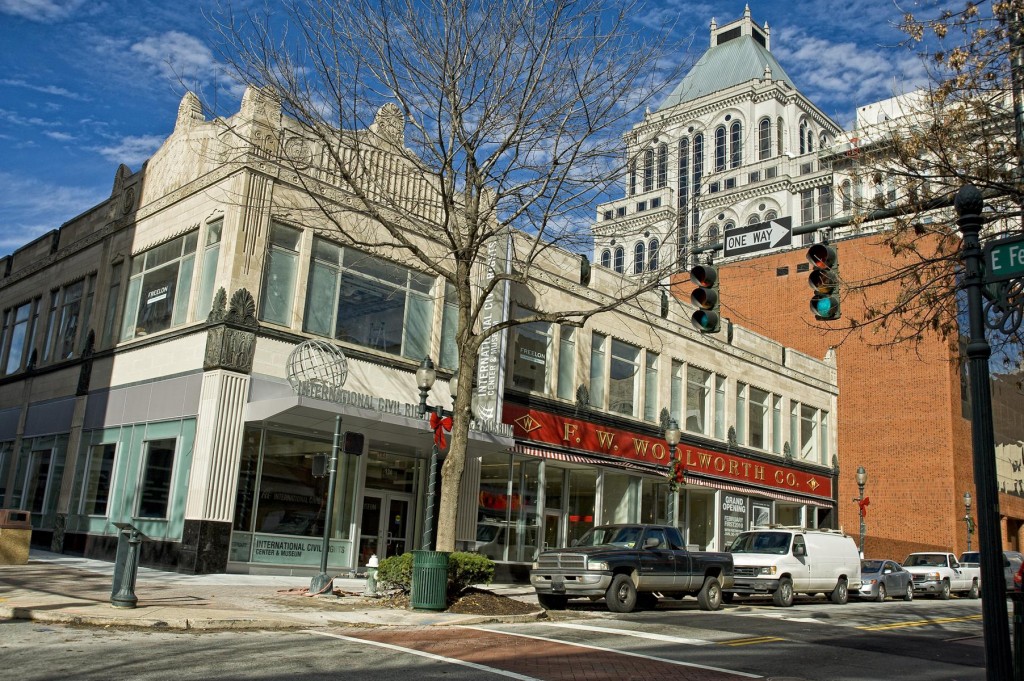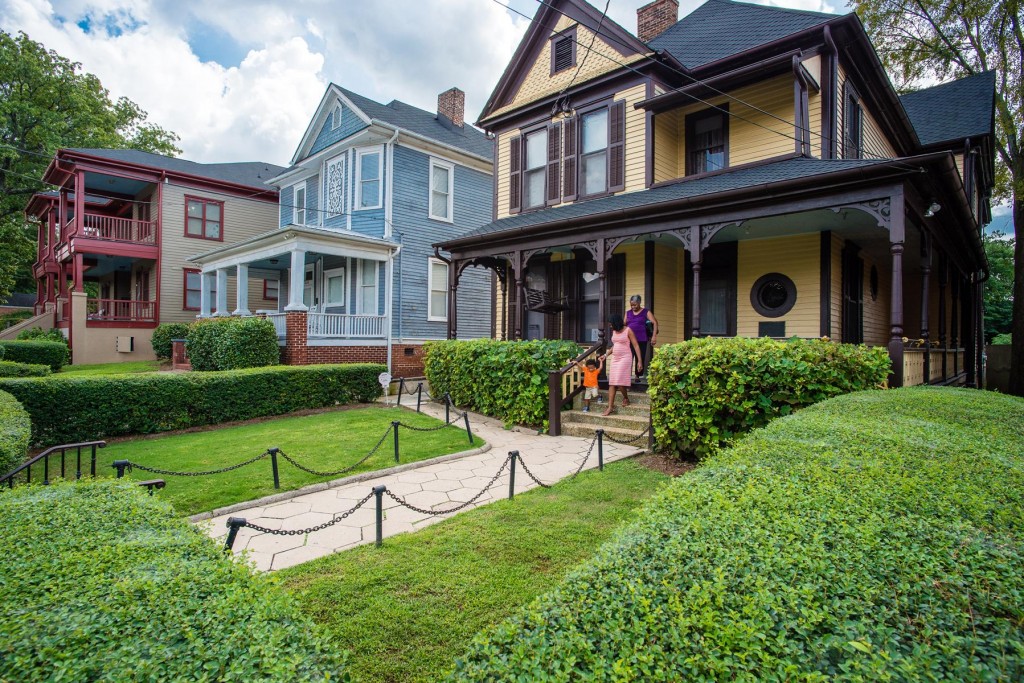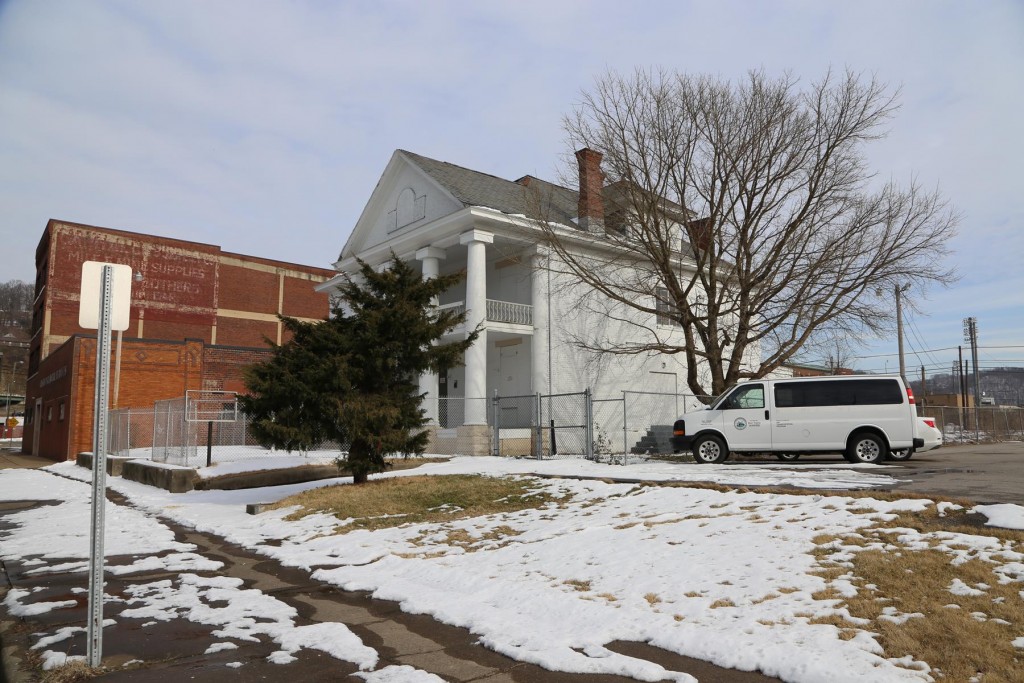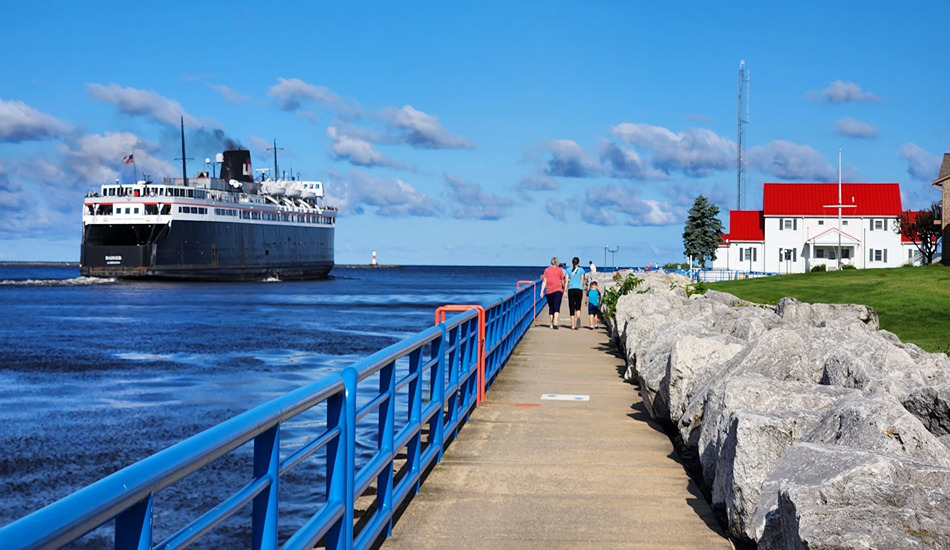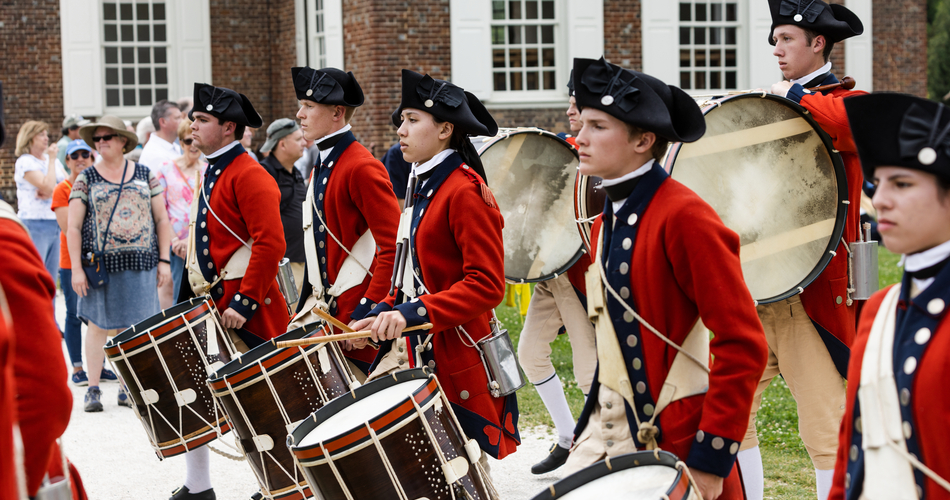Discover the US Civil Rights Trail, where landmarks commemorating the fight for racial equality provide impactful additions to any group itinerary
Embarking on a journey through the US Civil Rights Trail is to tread upon the hallowed ground of history, where the echoes of courage, resilience and struggle reverberate through the very fabric of the nation. This trail, an amalgamation of landmarks, monuments and significant sites, serves not only as a testament to the turbulent past but also as a beacon of hope for a more equitable future.
Join us as we embark on a profound exploration of the US Civil Rights Trail, a journey that invites introspection, education and a deeper understanding of the ongoing pursuit of civil rights in America.
Alabama
Possibly the epicenter of the civil rights movement, Alabama is home to more than a dozen significant sites. The Dexter Avenue Baptist Church was headquarters for the 1955-1956 Montgomery Bus Boycott that was sparked by the arrest and jailing of Rosa Parks. Her crime was a refusal to give up her seat for a white passenger on a crowded city bus. The church’s young pastor, Martin Luther King, Jr., was thrust into the national spotlight.
In Birmingham the 16th Street Baptist Church was the training center and point of origination for the 1963 Children’s Campaign for Human Rights. This direct action was a challenge to segregation in Birmingham by putting pressure on merchants through marches. On September 15, 1963 a Ku Klux Klan bombing of the church killed four young girls and injured 22 church attendees. The action sparked a series of protests. Tours of the church are available.
Diagonally across from the church, Kelly Ingram Park became the gathering spot for protesters and the scene of Birmingham police turning them back with dogs and fire hoses. Sculptures in the park recall the 1963 riots. The Birmingham Civil Rights Institute, across from the park and church, chronicles the civil rights movement’s struggles and victories. The Birmingham Civil Rights District includes these attractions and others.
The Brown Chapel AME Church and First Baptist Church in Selma both played significant roles in the Selma marches and ultimately the passing of the 1965 Voting Rights Act. The former housed the Southern Christian Leadership Conference (SCLC) for three months in 1965. Pastors Martin Luther King, Fred Shuttlesworth of Birmingham and Charles Steele of Tallahassee, Florida founded SCLC in 1957. First Baptist Church housed the Student Nonviolent Coordinating Committee (SNCC) march planning committees.
In early March 1965 SCLC’s Hosea Williams and SNCC’s John Lewis began their march from Selma to the state capital, Montgomery. At the Edmund Pettis Bridge, six blocks from Brown Chapel, the protesters were halted, abused and arrested. Two days later Rev. King led a symbolic march to the bridge. The Selma-to-Montgomery National Historic Trail & All-American Road was created in 1996 and commemorates the March 7 and 9 marches and the March 21, 1965 march that began with 3,200 and arrived in Montgomery with 32,000 marchers.
Mississippi
In 1955 a 14-year-old black Chicago youth is visiting family in Mississippi. Emmett Till is kidnapped, beaten, murdered and dropped in the Tallahatchie River. In June 1963 NAACP Field Secretary Medgar Evers is murdered in Jackson. In summer 1964 three civil rights workers are arrested and later that evening released to the Ku Klux Klan and murdered. During this period of violence Mississippi emerged as a leading force in the civil rights movement.
During the ’50s and ’60s predominately black Tougaloo College was central to the civil rights movement. From its campus 10 miles away, students traveled to Jackson, the state capital, and protested against racial discrimination. Boycotts were organized and many students were arrested for protesting at businesses that refused to serve blacks. Resistance to the students’ activities culminated in drive-by shootings into faculty housing. In 1964 the Mississippi State Sovereignty Commission was successful in having Tougaloo College President Dr. Adam Beittel removed. The commission was created by state legislation with the sole purpose of challenging what was believed to be federal encroachment.
All James Meredith wanted to do was go to school. However, during the fall of 1962 at the University of Mississippi in Oxford his wish was met by riots and violence. President Kennedy called in 5,000 federal troops, but when it was over there were two deaths and hundreds of injuries. This key event in the civil rights struggle clearly showed the strength of local resistance to integration and the length the federal government would go to enforce the law. Today there’s a monument to James Meredith that shares his story. Nearby in the library are cases with artifacts from this turbulent time.
Created in 2011 the Mississippi Freedom Trail commemorates the people and places that were important to Mississippi’s role in the civil rights movement. The Trail will be further enhanced in 2017 with the opening of the Mississippi Civil Rights Museum in Jackson.
North Carolina
During early 1960 Woolworth’s Five & Dime in Greensboro became the site of a unique protest that would empower student activists throughout the ’60s. Four freshmen from historically black Agricultural & Technical College of North Carolina sat at Woolworth’s segregated lunch counter and ordered coffee. The waitress and manager ignored them. The next day the four young men returned. This time 19 supporters had joined them. On the third day 85 students from neighboring colleges participated. Within a week there were 400 white and black students demonstrating in shifts. This simple protest sparked sit-ins at nine other North Carolina cities and demonstrations as far away as Nashville, Tennessee.
Part of the Downtown Greensboro Historic District, the F.W. Woolworth Building now houses the International Civil Rights Center and Museum. The exhibits take visitors on a journey through time and help build an understanding of the injustice of African Americans during segregation and Jim Crow laws. A particularly moving exhibit is the film re-enactment of the four students during the evening preceding their historic sit-in. Their thoughts, concerns and commitment are presented. An authentic F.W. Woolworth lunch counter serves as a background for a film that shares the six-month protest that eventually integrated the restaurant. Guided tours are available.
Arkansas
In September 1957, three years after the Brown v. Board of Education Supreme Court decision that ended public-school segregation, a federal court issued an order requiring Little Rock to comply. Governor Orval Faubus defied the order. Central High School and “The Little Rock Nine” were thrust into the national spotlight.
The governor called on the National Guard to prevent the nine African-American students from entering the high school. After meeting with President Eisenhower, Faubus promised to use the National Guard to protect the students, but upon returning to Little Rock the troops were dismissed. Violence erupted, several reporters were beaten and bricks crashed through school windows. Local police evacuated the nine students. Order was not restored and Eisenhower dispatched the 101st Airborne. Under protection The Little Rock Nine completed the school year. The Central High School National Historic Site is located within walking distance of the school, which is still educating students of all races.
South Carolina
“Jail No Bail” was the position of The Friendship Nine, students from Friendship College, when in 1961 they were arrested and sentenced in Rock Hill for a sit-in demonstration at McCrory’s lunch counter. The students were most likely inspired by the Greensboro, North Carolina sit-ins.
The Modjeska Monteith Simkins House in Columbia was the residence of a leading civil rights advocate. The home also served as her office, meeting place and lodging for civil rights leaders when hotels were closed to blacks. After 10 years in the public health field as the director of Negro Work for the South Carolina Anti-Tuberculosis Association, Simkins lost her position due to her increasing involvement with the NAACP. Continuing her involvement with both the local and state NAACP, she worked tirelessly towards racial equality. The Historic Columbia Foundation manages the house and it’s open for visiting.
The passage of the 1964 Civil Rights Act was certainly not the end of the struggle. In 1968, protests by students from South Carolina State College in Orangeburg resulted in a police-student clash at the All-Star Bowling Lanes. The Orangeburg Movement focused on desegregating public facilities. A few days later violence again broke out, but on campus this time. After a patrolman was hit in the face, others began firing into the students. Three died and 27 were wounded. The South Carolina State College Historic District consists of 10 academic buildings constructed between 1917 and 1969.
Louisiana
Although Louisiana did not experience the violence that plagued other Southern states during the civil rights movement, there were protests, boycotts, sit-ins and marches. Baton Rouge was the site of the first bus boycott in June 1953 and is an important location along the US Civil Rights Trail. The “free ride” system, designed to get African-Americans to work and supported by churches, was the model for the Montgomery Bus Boycott three years later. The Capitol Park Museum has a display on the Baton Rouge Bus Boycott and other significant events in the fight for freedom.
In New Orleans a visit to The Cabildo reveals rare artifacts of American history. In 1853 The Cabildo became headquarters for the Louisiana State Supreme Court. The landmark 1896 decision Plessy v. Ferguson originated here. The Amistad Research Center, located on the Tulane University Campus, is home to the largest collection of manuscripts about African- Americans in the country. Race relations and civil rights are a significant part of the collection. Although not exhibited for public viewing, the center is a central point for both researchers and those tracking family history information.
Georgia
Three students from Mt. Zion Baptist Church in Albany became the Freedom Singers and a unifying force in the civil rights movement. One of the original singers (and still in marvelous voice), Rutha Mae Harris is available to tell her story and share her music. The Albany Civil Rights Institute, adjacent to the church, tells both a national and Albany story.
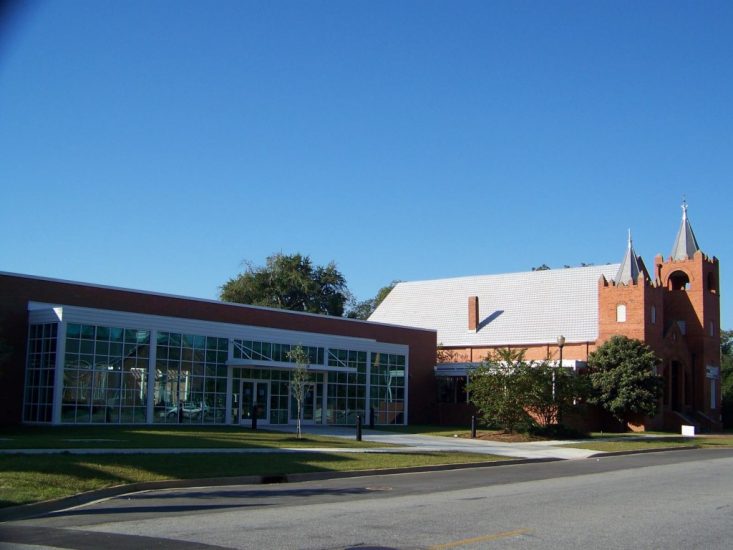
Albany Civil Rights Institute
To fully understand the civil rights movement, a visit to the Martin Luther King, Jr. National Historic Site along the US Civil Rights Trail in Atlanta is a must. It includes King’s birth home, Ebenezer Baptist Church (where he shared the pulpit with his father) and his gravesite. The Martin Luther King, Jr. Center for Non-Violent Social Change, Inc. is across the street from the church. The National Park Service operates a visitors center that features exhibits about King’s life and the movement.
Missouri
The state’s civil rights timeline stretches to 1936 when the University of Missouri Law School refuses admittance to Lloyd Gaines, a black college graduate. He’s offered a “scholarship” to attend a school outside Missouri, but Gaines chooses to file a lawsuit. Although the suit is lost, the appeal to the Supreme Court is successful.
A modest residence in St. Louis became the centerpiece of a family’s struggle to live in a home of their choice. The Shelley House was the choice of J.D. Shelley and his wife, who purchased the home from an owner that agreed not to enforce the restrictive covenants permitting a sale to Caucasians only. A neighbor sued to enforce the covenants, but Shelley won the case. The verdict, however, was overturned in the Missouri Supreme Court. An appeal went to the U.S. Supreme Court, which in 1948 ruled in favor of Shelley.
Virginia
Robert Russa Moton High School in Farmville was typical of all-black schools in Prince Edward County and much of the South–overcrowded, no gym or cafeteria and the highest paid teachers being paid less than the lowest paid in all-white schools. Barbara Jones, a 16-year-old student, took action. In the spring of 1951 she convinced her classmates to go on strike to demand a better school. An NAACP organizer convinced families to address segregation head-on through the courts. Although the Brown v. Board of Education case was won at the Supreme Court level, the Commonwealth of Virginia led the resistance to the decision by closing its public schools in Prince Edward County from 1959-1964. A National Historic Landmark there is an ongoing effort to convert the school into a civil rights museum.
With many of the most notorious civil rights events in the Deep South, Virginia’s role is often overlooked. The Civil Rights Movement in Virginia exhibit at the Virginia Historical Society in Richmond is a must do.
Kentucky
The Whitney M. Young, Jr. Birthplace in Simpsonville is open to groups by request. An educator and civil rights leader, Young became president of the National Urban League at age 40 and started “Street Academy” to prepare high school dropouts for college and “New Thrust” to assist leaders in identifying and solving community problems.
Lincoln Hall, Berea College in Berea can trace civil rights activities to 1855. The college was founded to educate black and white students together. However, the forward-thinking program came to a halt in 1904 when state legislators passed a law dictating mandatory segregation. Berea College fought the law all the way to the U. S. Supreme Court, but lost. The ruling was overturned in 1954 after Brown v. Board of Education.
West Virginia
Elizabeth Harden Gilmore was a civil rights advocate and business leader. Her commitment to integrate her state’s schools, housing and public accommodations was characterized as “ongoing and steadfast.” The Elizabeth Harden Gilmore House in Charleston was her home from 1947 until 1986. Visitors are welcome.
Gilmore’s accomplishments are considerable. Along with a group of Charleston women she established an integrated daycare center before school desegregation was mandated. She co-founded the local chapter of Congress on Racial Equality (CORE) and her push to amend the state’s civil rights law was a path for her to sit on the higher-education Board of Regents. The first African-American on the board, she served as vice president and then president.
Tennessee
On the eve of his assassination Martin Luther King, Jr. delivered his famous and prophetic “Mountaintop” speech at the Mason Temple Church of God in Christ, Memphis. King, Rev. Ralph Abernathy and Rev. Andrew Young had come to Memphis to support the striking sanitation workers who held regular meetings at the church. Mason Temple is open to the public.
It was at the Lorraine Motel on April 4, 1968 that Rev. King, Jr. was assassinated. The Lorraine was a black-owned business and had among its guest’s prominent entertainers. It was due to this historical importance to the community that King chose to stay there during the sanitation workers strike. It just seems appropriate that the National Civil Rights Museum at The Lorraine Motel is located here. The museum offers artifacts, oral history, films and interactive media that guide visitors from slavery and the Civil War through Reconstruction, Jim Crow and the events that drove people to stand up (and sit down) for equality.
Begin planning your journey on the US Civil Rights Trail website. For more group travel planning advice in the states along the trail, be sure to Subscribe for FREE to Leisure Group Travel.


